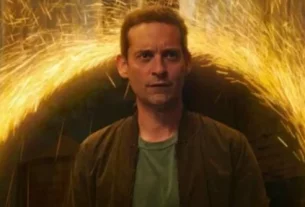The long-awaited “Avatar: The Way of Water” by fans around the world has finally released its first trailer, more than 12 years after the release of the last “Avatar”.
Before the global release of “Avatar” in 2009, director James Cameron said in an interview that he made audiences wait 12 years from “Titanic” to “Avatar”, “but I promise here – my next movie We definitely don’t have to wait another 12 years for the film.”
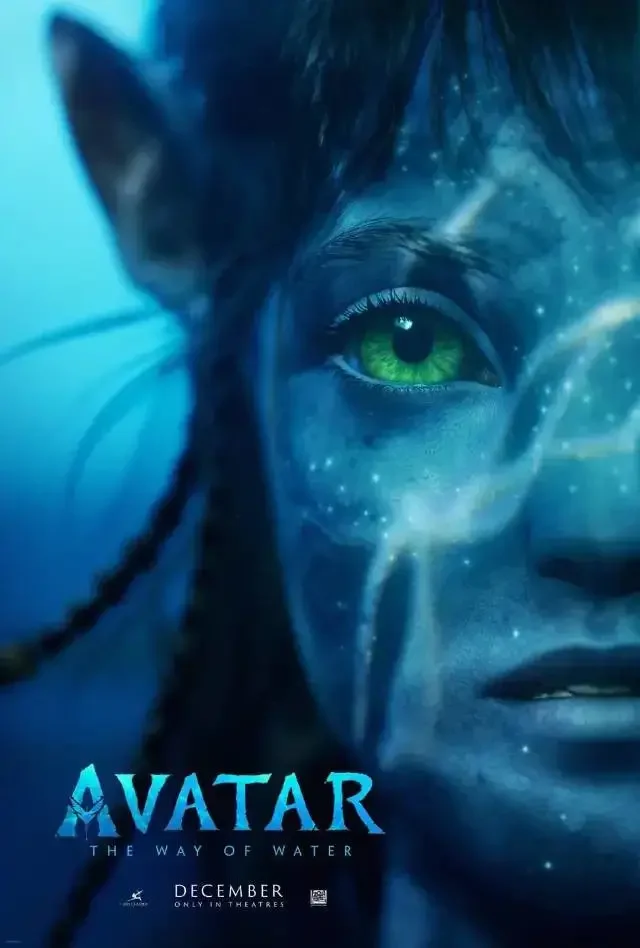
Obviously, Cameron eventually broke his promise.
According to incomplete statistics, “Avatar: The Way of Water” has undergone 7 formal or informal schedule changes so far.
Even if the sequel is scheduled to premiere on Northern America in December 2022, it would have been 13 years since its predecessor.
Why was the birth of “Avatar: The Way of Water” so difficult?
The answer can be both poignant and inspiring: Cameron isn’t slacking off, every bit of advancement in film technology and industry is harder than you might think.
Underwater motion capture
With the release of the first trailer for “Avatar: The Way of Water”, it became clear why the sequel was titled “The Way of Water” long ago.
As the name suggests, “Water” will be the protagonist of “Avatar: The Way of Water”.
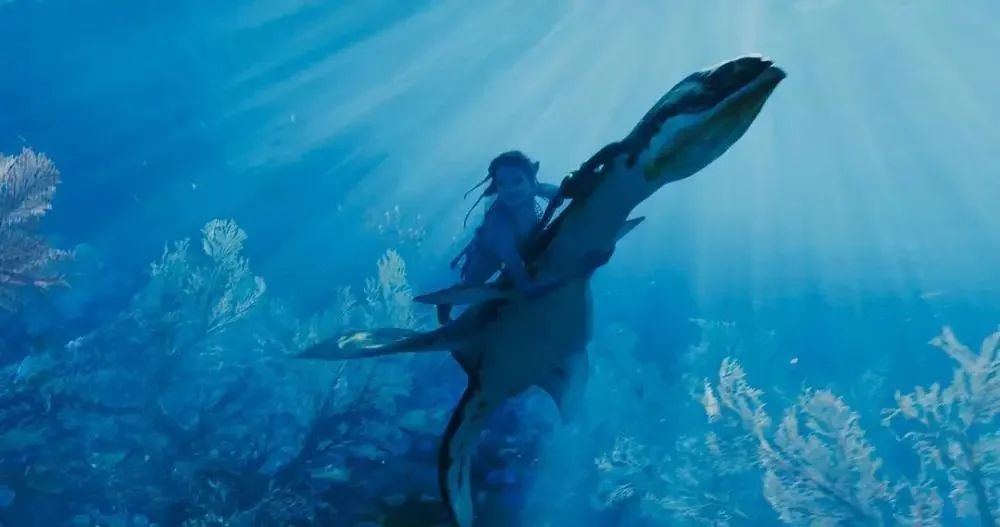
In the trailer, the planet Pandora reveals its mysterious underwater world, which includes various giant sea creatures and Na’vi’s underwater mount.
Cameron has revealed that he wants to present an underwater world that is “just as varied, crazy and imaginative” in “Avatar: The Way of Water.”
But this undoubtedly means that the 3D shooting and motion capture technology that has flourished in his hands must be further upgraded.
It may be difficult for most viewers to understand the difference between motion capture underwater and on land.
The principle of motion capture technology must be explained again here: the specific light points on the target are tracked, and then the captured light points are processed and analyzed to establish a highly realistic CG three-dimensional model on the computer.
The simple explanation for the difficulty of underwater motion capture is that the dynamic water is like thousands of refractors, which will reflect a lot of wrong marks on the capture points worn by the actors.
But Cameron will not give up water, as we all know, he has a deep complex with the ocean.
He once said: “I love the ocean. When I was a child, I felt that the ocean was like an alien planet that I could reach. I like the mysterious seabed and wonderful marine life, and I have also participated in the invention of many underwater photography. machines and thrusters—if not a filmmaker, I would be happy to be an oceanographer or an undersea explorer.”
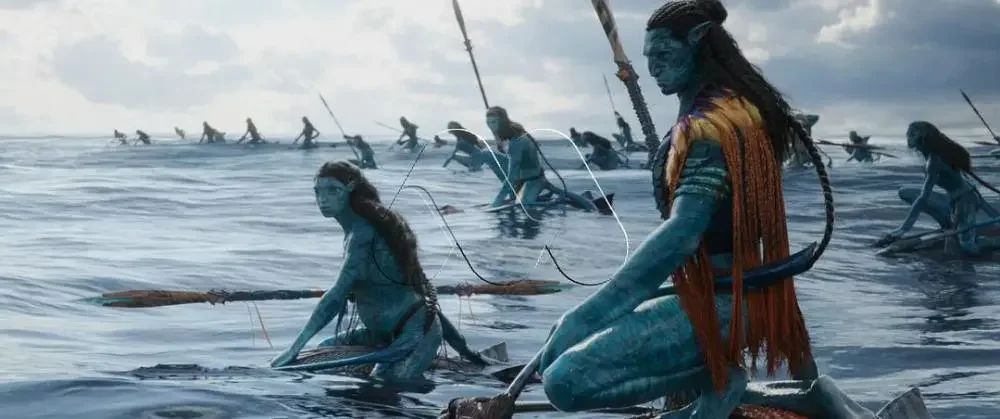
Before “Avatar”, his popular “Titanic” was about the ocean.
And after filming “Titanic”, he also filmed a little-known “Deepsea Challenge 3D”.
The film has only one “plot”, which is to record Cameron’s solo challenge to the world’s deepest Mariana Trench.
Before that, only two people had successfully dived—they went down together.
And Cameron not only drove the “Deep Sea Challenger” submarine alone to dive to a depth of more than 10,000 meters, but also used a camera to film the whole process.
He brought in a group of top scientists who took three years to create a perfectly welded spherical cockpit.
The high pressure it can withstand is 1,100 times the pressure at sea level, and if it fails, the fragile human body will be crushed in an instant.
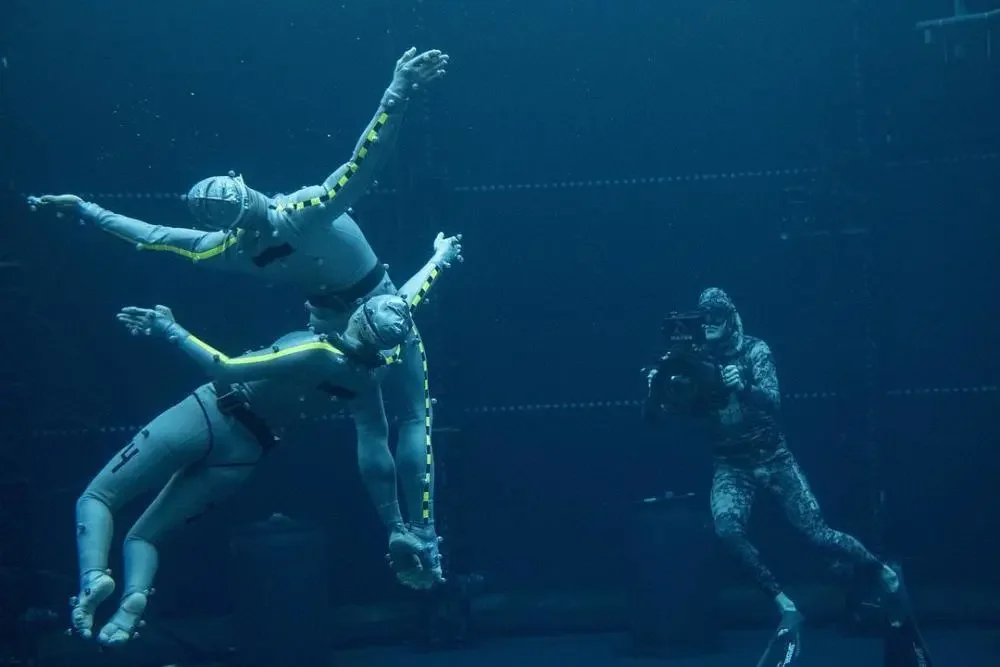
But this trip, which he will never forget, has clearly accumulated inspiration and experience for the design and shooting of the underwater world of “Avatar: The Way of Water”.
In comparison, the underwater shot of “Avatar: The Way of Water” doesn’t seem that difficult — at least, it’s not too life-threatening.
However, in order to shoot underwater, the cast of “Avatar: The Way of Water” had to undergo underwater training and all had diving certifications.
They were also trained to hold their breath, which allowed them to keep their facial expressions as comfortable as possible each time they took a shot in the water.
Kate Winslet, who participated in the film, once revealed: “My longest breath hold was 7 minutes and 14 seconds, which is crazy.”
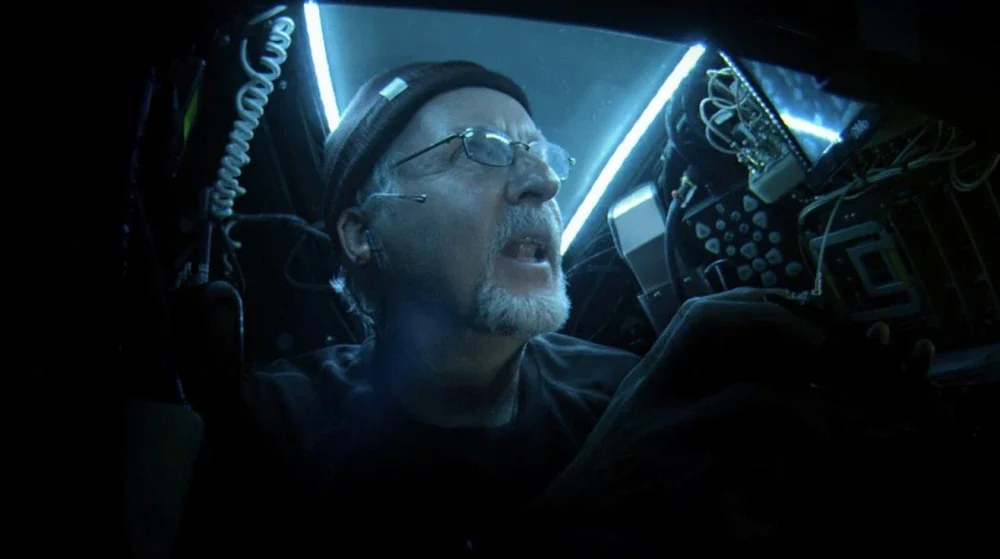
Will the Autostereoscopy be realized?
“Avatar: The Way of Water” may lead to a new technology trend in movies – Autostereoscopy.
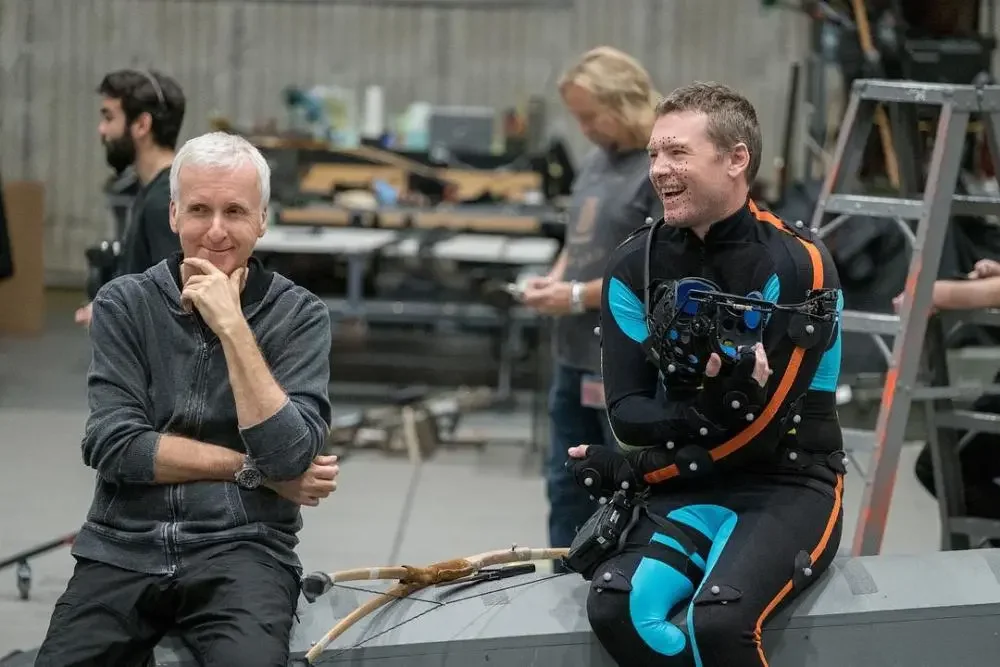
This legendary new technology is said to be able to use the RGB laser projection system to project different images to the left and right eyes of the audience, allowing people to easily experience the viewing effect of 3D movies without wearing 3D glasses.
How to achieve this magical effect?
It was hard to imagine before “Avatar: The Way of Water” was actually born.
“Avatar: The Way of Water” actor David Thewlis revealed: “I didn’t know what my scene would look like because there were 16 people in the room with cameras and they were just shooting reference footage for James Cameron. There were about 200 people in the room doing all kinds of things.”
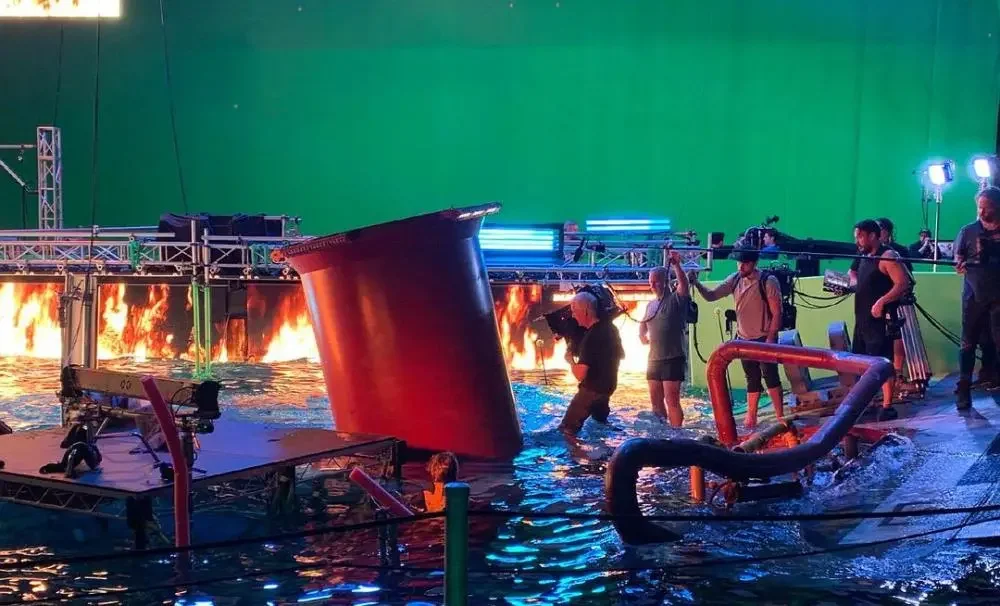
In addition, “Avatar: The Way of Water” has also carried out other technological innovations compared to its predecessors, including the use of Sony’s first full-frame digital camera Venice, 4K digital photography technology, and 48 frames per second shooting Format.
Not to mention the difficulty of shooting in 3D underwater, as Cameron said: “As long as it has something to do with water, everything is ten times more difficult!”
What is the Avatar universe like?
In 1997, his “Titanic” was the highest-grossing film in global history with $1.84 billion.
In 2009, he broke his own record with “Avatar”, which grossed more than $2.7 billion worldwide.
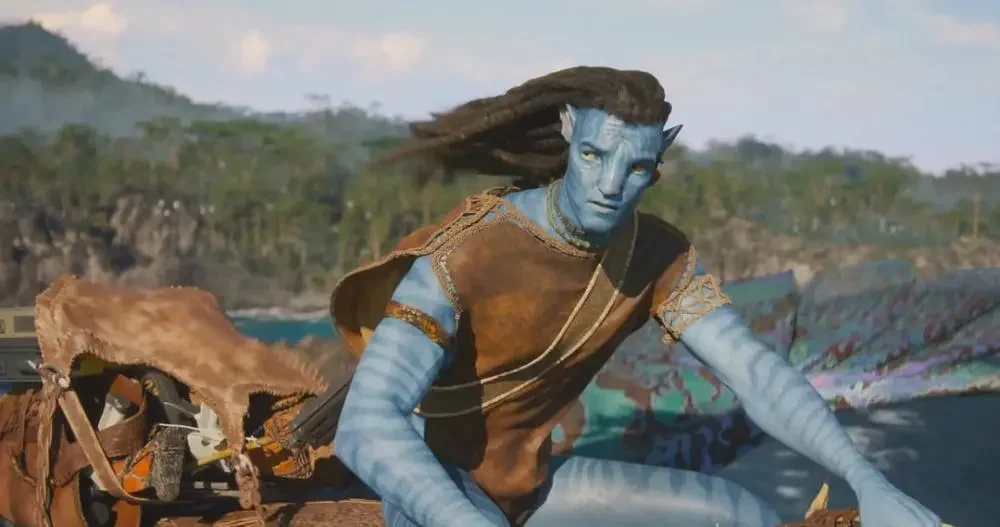
Now, can this “Avatar: The Way of Water”, which has made people wait for 13 years, create another miracle?
In fact, many people are skeptical about this issue.
Every bit of advancement in film technology is hard, and it’s hard to be truly innovative.
Take the first “Avatar” as an example. Cameron actually had an idea as early as 1995, but he waited more than 13 years to wait for the film technology to develop to the extent that his idea could be realized.
More importantly, movies are never just about technology. In today’s era of fierce collisions between human concepts, can the simple story of love, peace and environmental protection told by “Avatar” continue to satisfy most people?
May be an unknown.
The four sequels of “Avatar” were created at the same time, which at least ensures the unity and integrity of the story.
Among them, the story of “Avatar: The Way of Water” takes place 5 years after the end of the first part. Jake Sully, a former disabled soldier on Earth, is now the patriarch of the Na’vi tribe on the planet Pandora, and he shares with his beloved wife Natalie. Has a pair of lovely children.
One day, a brother of a tribe was killed by a sharp weapon while patrolling near the coast. As a former Marine, his intuition told Jack that human avatars had already mixed into the tribe…
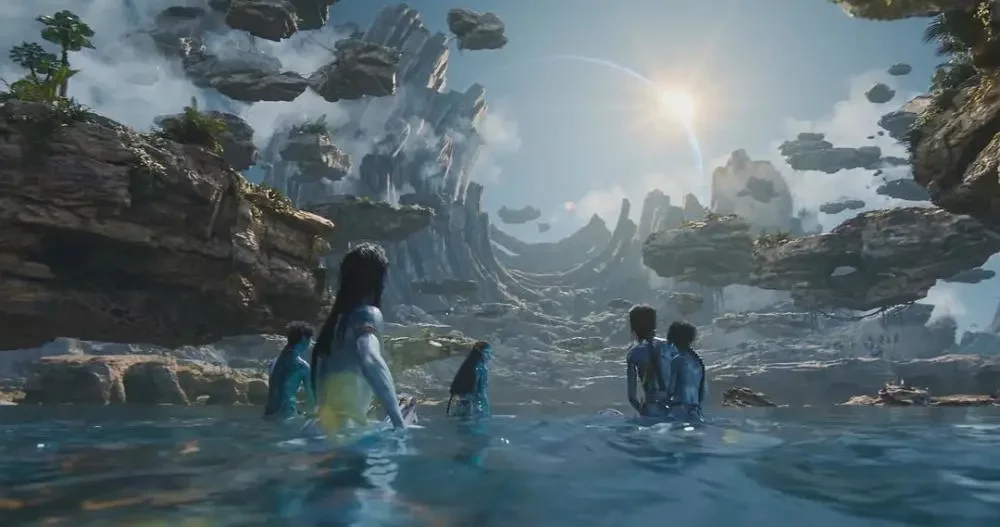
Although the filming of the sequels will be completed first, considering the complexity of post-production special effects, “Avatar: The Seed Bearer”, “Avatar: The Tulkun Rider”, and “Avatar: The Quest for Eywa” will have separate release dates. As far away as December 2024, 2026 and 2028.
Related Post: “Avatar: The Way of Water” exposure concept poster, feast for the eyes!.
Related Post: Avatar: The Way of Water: New Story, New Cast, New Technology.
